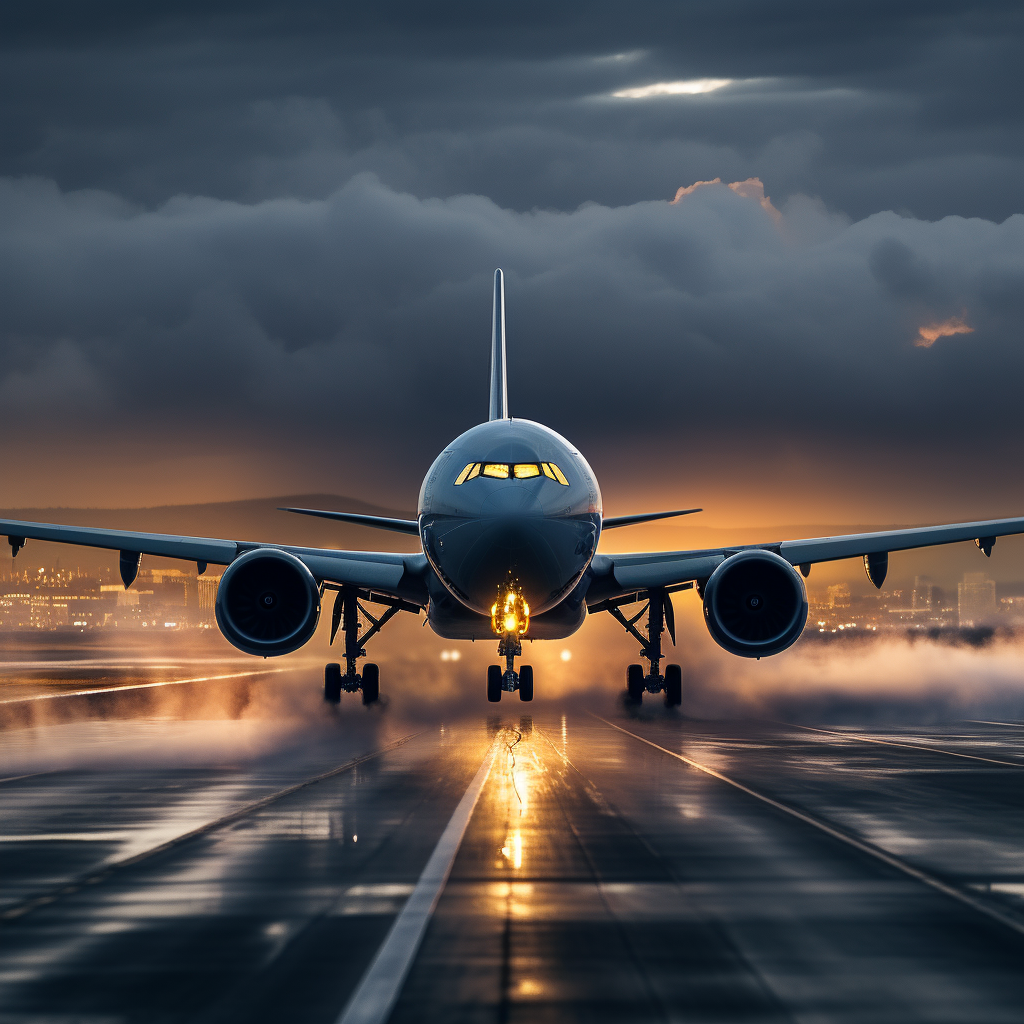October 24, 2023
Major Airlines’ Ambitious Drive for Net-Zero Emissions by 2050
Book a Demo
Major airlines all over the world, including industry leaders like American, Delta, Southwest, and United, have set ambitious targets for themselves. They are striving to achieve net-zero greenhouse gas emissions by the year 2050. To accomplish this, they plan to utilize strategies such as fuel-efficient aircraft, electrified ground vehicles, and improved operational efficiency.
An important component of this green mission is the use of Sustainable Aviation Fuel (SAF). SAF is derived from low-carbon sources such as crop waste and has steadily replaced carbon offsets as the primary method for achieving climate-friendly airline operations. It presents a more sustainable alternative that could significantly reduce the carbon footprint of aviation.
However, the use of SAF is not without its challenges. The high cost of SAF combined with its limited availability poses a significant hurdle to its widespread implementation. Despite these obstacles, airlines are not deterred and are investing in alternative propulsion technologies. These include batteries and hydrogen engines, as well as partnerships with firms that have the technology to capture carbon dioxide directly from the atmosphere.
The journey towards sustainability in the airline industry is fraught with substantial barriers. Airlines operate on tight profit margins and have to navigate fluctuating business conditions. Furthermore, achieving sustainability requires a substantial investment in new technologies and infrastructure.
Aviation is a significant contributor to global carbon emissions, responsible for about 2.5 percent of global carbon dioxide emissions. When factoring in the heat-trapping effects of water vapor and other pollutants in contrails, air travel accounts for about 4 percent of human-induced global warming. If the aviation industry does not control its carbon dioxide emissions, these are projected to double by 2050 due to the increasing demand for air travel.
Decarbonizing aircraft is a technically challenging task. It demands packing a high amount of energy into a small, lightweight space to maintain flight efficiency and range. The energy density discrepancy between the best lithium-ion batteries and conventional jet fuel further complicates the transition. Despite these formidable challenges, the commitment of major airlines to achieve net-zero greenhouse gas emissions by 2050 reflects a significant step towards a more sustainable future.



